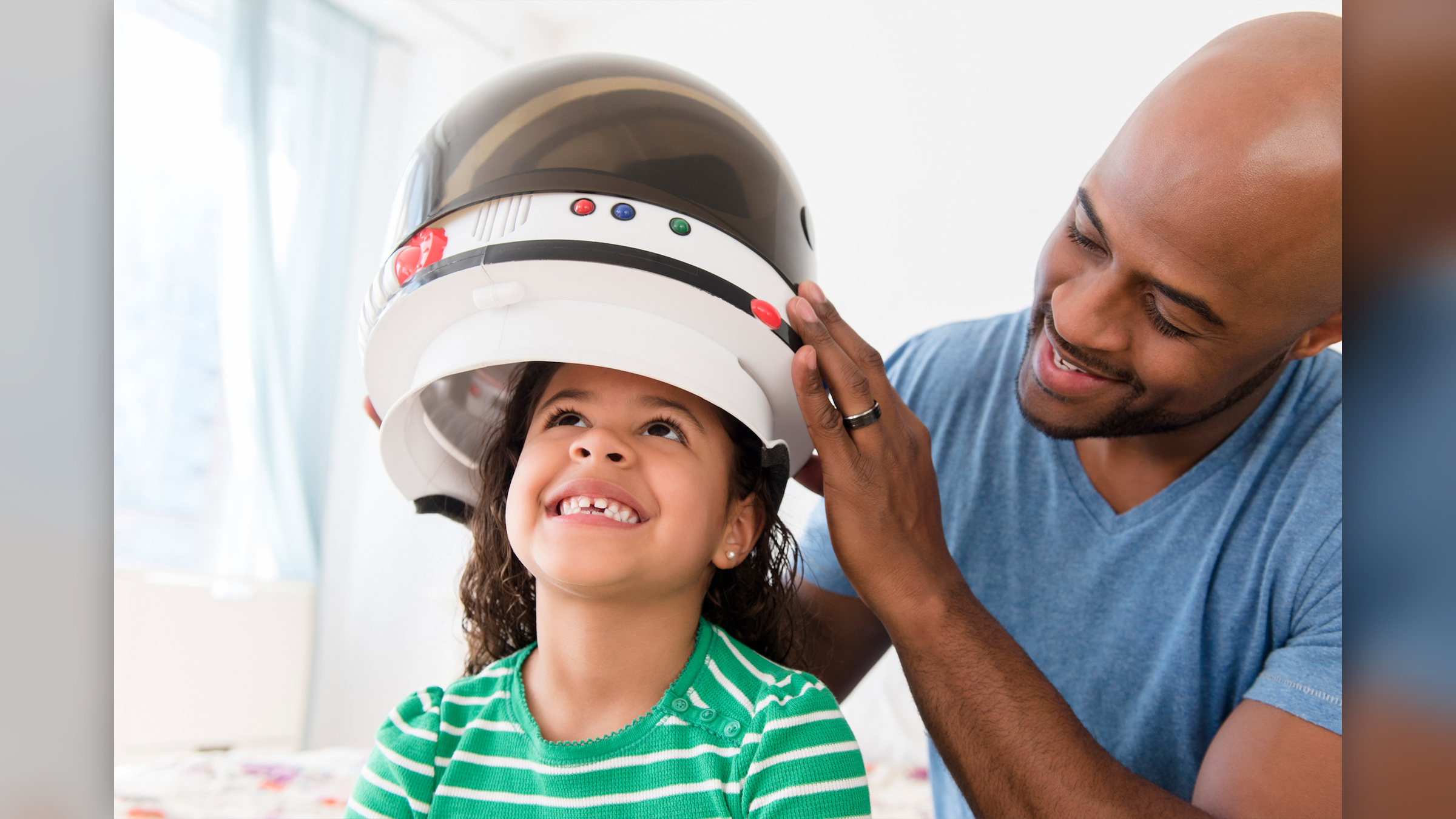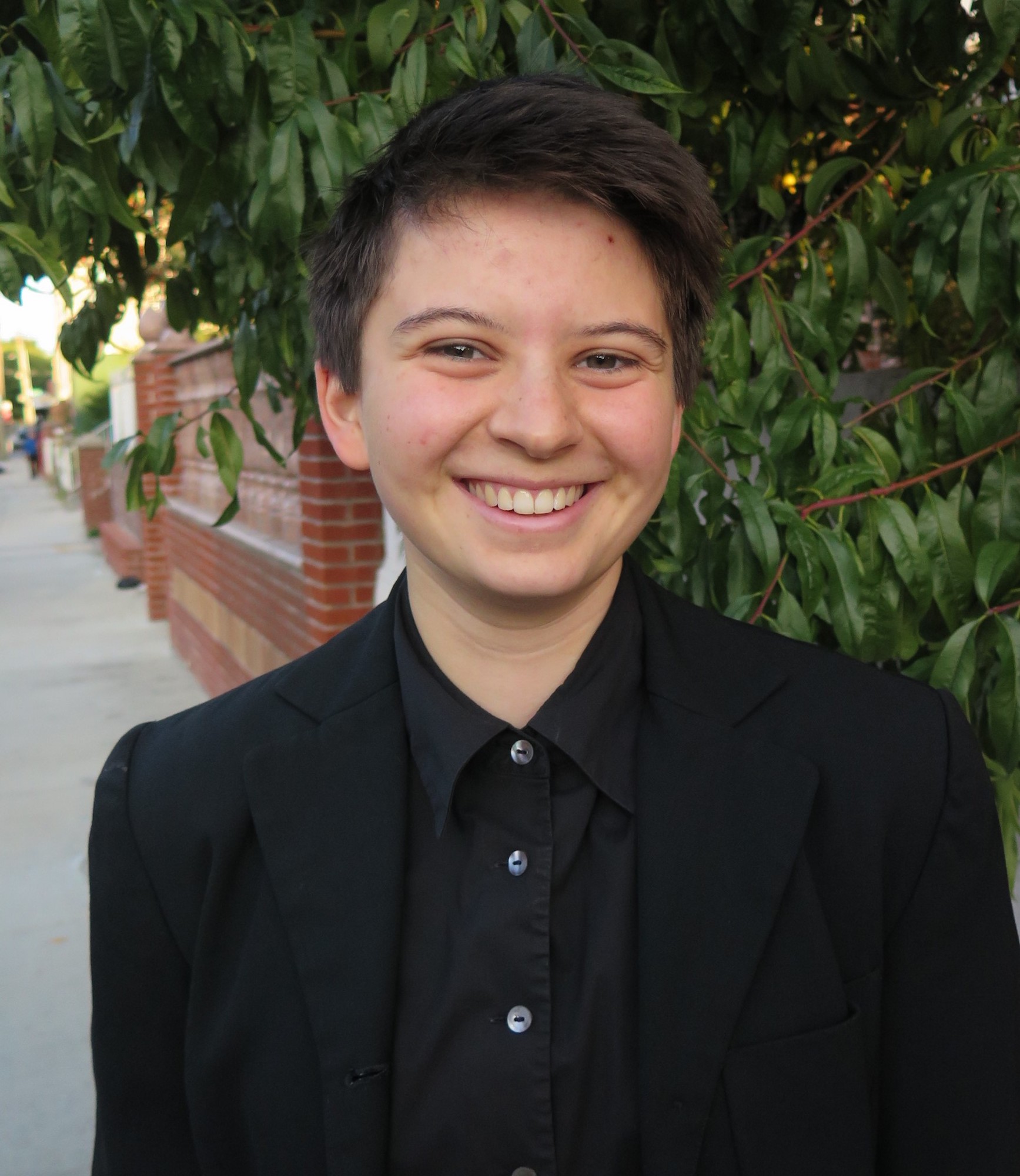
What does it take to become an astronaut?
Out of 18,000 people, just 12 got into NASA's 2017 astronaut class.

It's the dream of so many children to become an astronaut — to break free of gravity, float above the Earth and travel the cosmos. For many, this dream fades by adulthood. But for some, this elusive career will always be a goal.
So, what does it take to become an astronaut?
First, to be a candidate, you usually must be a citizen of a country that’s a member of a space agency. To sign up with NASA, for example, you must be a U.S. citizen. However, some private space companies may recruit astronauts without regard to their citizenship.
Related: Why is space a vacuum?
Many qualifications, such as education, are similar across space agencies. To apply to be an astronaut with the European Space Agency (ESA), for example, you need a master's degree or higher in the natural sciences, medicine, engineering, mathematics or computer science, or you need an experimental test pilot degree, which teaches graduates how to pilot aircraft that are being tested and how to manage research programs. NASA has the same requirements but also allows two years toward a doctorate in these subjects.
A degree isn't enough, though. To meet candidate requirements, applicants also need real-world experience — at least two years of relevant post-graduate experience in their field of study for NASA or three years for the ESA. NASA’s requirement can also be met with 1,000 pilot-in-command hours aboard a jet. Because English is the language used on the International Space Station, you must be fluent. (Fluency in other languages, such as Russian, is an asset but not a requirement, according to the ESA.)
Astronauts must also have a passing health record. For example, ESA requires medical certification for a Private Pilot License or higher with the initial application, although you do not need to hold the license itself. NASA candidates must be able to pass a long-duration flight astronaut physical. "Typically, as we near the end of the selection process, we put them through the same evaluation process that we would use for assigning a current astronaut to a mission, just to make sure that they would be eligible for a spaceflight assignment," said Anne Roemer, astronaut selection manager at NASA.
Sign up for the Live Science daily newsletter now
Get the world’s most fascinating discoveries delivered straight to your inbox.
In the past, most physical disabilities would have disqualified a person from being an astronaut. But ESA has launched the Parastronaut Feasibility Project to recruit at least one astronaut with short stature, or under 4 feet, 3 inches (130 centimeters); a pronounced leg length difference; or lower limb deficiency, such as amputation at the knee. The agency will work with this astronaut to determine what alterations the space agency needs to make to existing protocols to send this person to space.
Mental health is just as important as physical health. Astronauts work long hours in high-stress situations. They are away from their friends and family for months at a time, and communication with those on Earth can be challenging. For instance, on the International Space Station, email is available and astronauts can make video calls, but they can only receive audio on their end and calls have a few seconds of lag. For missions to Mars, communicating with family back home would likely be more difficult. Instead, astronauts are stuck in small, enclosed areas with no real way to get alone time.
Related: Where is the center of the universe?
"During the selection process, we will test, through psychometric testing and other tools, the mental stability of the person, particularly with respect to if there are any red flags that go up," such as psychiatric disorders, said Dagmar Boos, head of ESA's Competence and Policy Centre. This mental stability is important for both the individual astronauts and the safety of the team as a whole, Boos said.
Those are the minimum requirements, but it takes much more to be selected as an astronaut. More than 18,000 people applied to NASA's astronaut class of 2017, but only 12 were chosen. Candidates must be truly impressive to stand out from the crowd.
One quality that the selection team looks for is the ability to be both a leader and a follower. Experience working in extreme environments, like the North Pole or the desert, can further woo the judges, Boos said. She also looks for people who have had responsibility over the lives of others, such as by being part of a rescue team.
In addition to flying in space, astronauts have technical roles on Earth and are the faces of the spaceflight program, so they have to be able to work in a range of contexts. "We're looking for well-rounded people across the board," Roemer said. "That can include career accomplishments, hobbies and interests."
Finally, astronauts must be easy to work with. "The goal is eventually to go to Mars, which is a fairly long mission," Roemer said. "They're trying to assess, could I be locked in a tin can with this person and ensure that we have a successful mission?"
Originally published on Live Science.

Tyler Santora is a freelance science and health journalist based out of Colorado. They write for publications such as Scientific American, Nature Medicine, Medscape, Undark, Popular Science, Audubon magazine, and many more. Previously, Tyler was the health and science Editor for Fatherly. They graduated from Oberlin College with a bachelor's degree in biology and New York University with a master's in science journalism.










